Technology: a powerful force that has transformed every aspect of our lives. From the way we communicate to the way we work, technology continues to shape our world at an unprecedented pace. In this ever-evolving landscape, it is crucial to stay ahead of the curve and understand the innovative developments that are propelling us forward. Join us as we dive deep into the fascinating world of technology, exploring the dynamic facets that are reshaping industries and revolutionizing human existence.
In the not-so-distant past, the mention of technology conjured images of clunky computers and rudimentary software. Fast forward to the present, and technology has become sleek, ubiquitous, and inseparable from our everyday lives. The modern tech landscape is a complex web of interconnected systems, from artificial intelligence and blockchain to virtual reality and the Internet of Things. Today, we will embark on a journey to unravel the latest trends and developments that are shaping this vast and ever-evolving world.
The Rise of Artificial Intelligence
One cannot explore the modern tech landscape without delving into the realm of artificial intelligence (AI). AI has undergone a remarkable transformation, transcending the realms of science fiction to become an integral part of our lives. From voice assistants like Siri and Alexa to self-driving cars, AI is fundamentally changing the way we interact with machines. The breakthroughs in machine learning have enabled AI to become increasingly sophisticated, paving the way for the development of personalized healthcare, predictive analytics, and even creative AI that can compose music or create art.
Revolutionizing Industries with Blockchain
While AI captivates our imagination, blockchain has quietly revolutionized industries such as finance, supply chain management, and healthcare. At its core, blockchain is a decentralized digital ledger that offers unparalleled security and transparency. It has eliminated the need for intermediaries and transformed outdated processes, ensuring greater efficiency and trust in transactions. The potential of blockchain is boundless, with applications ranging from secure online voting systems to decentralized energy grids.
The Immersive World of Virtual Reality
Step into a new realm where reality is augmented, and experiences are transcendent – welcome to the world of virtual reality (VR). VR has taken entertainment, gaming, and even therapy to new heights, allowing us to immerse ourselves in virtual worlds and experiences. Beyond entertainment, VR has found applications in industries such as real estate and architecture, simulating environments and enabling virtual walkthroughs. As technology advances, the line between the real and virtual world continues to blur, giving rise to endless possibilities.
The Internet of Things and the Connected Future
Our world is more interconnected than ever before, thanks to the Internet of Things (IoT). Everyday objects, from refrigerators to cars, are now equipped with sensors and connected to the internet. This connected ecosystem has given rise to smart homes, wearable devices, and smart cities, where data and devices work seamlessly together. The potential for IoT is staggering, from improving healthcare through remote patient monitoring to transforming transportation systems for greater efficiency and sustainability.
Conclusion
As we conclude our journey through the fascinating world of technology, it becomes evident that we are standing at the precipice of a new era. The advancements in AI, blockchain, VR, and IoT are transforming industries, revolutionizing daily life, and offering endless possibilities. By staying abreast of these innovations, we not only gain a deeper understanding of the tech landscape but also enable ourselves to harness their potential to shape a better future. So, let us embrace this ever-evolving world of technology and embrace the opportunities it presents.
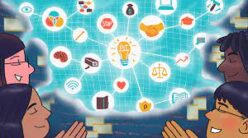
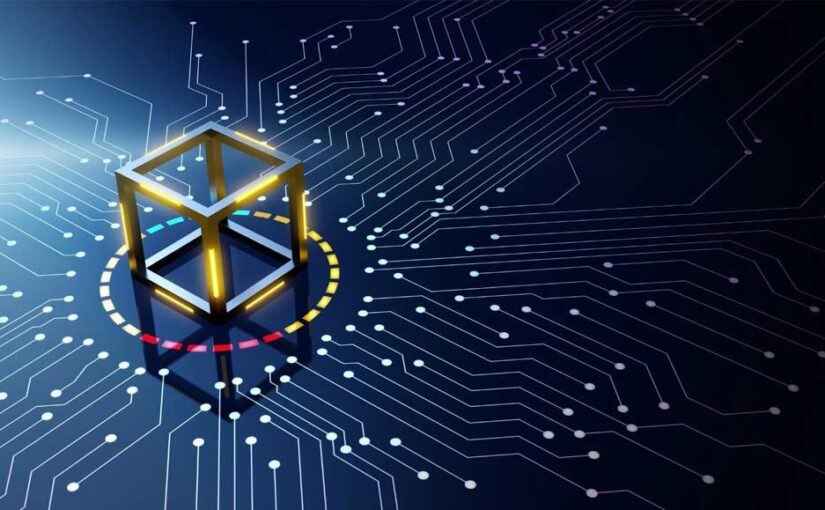
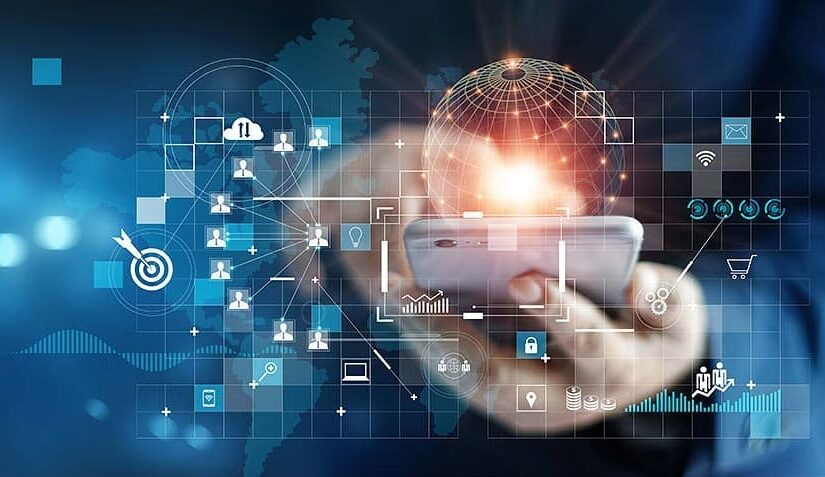

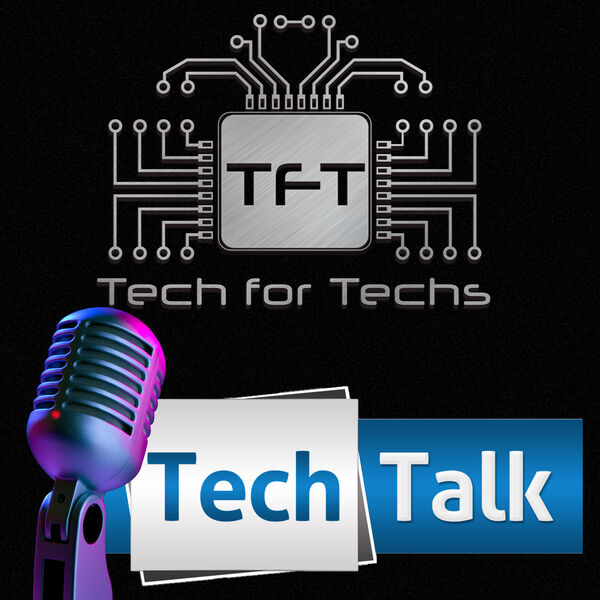 Introduction to TechTalk Trends
Introduction to TechTalk Trends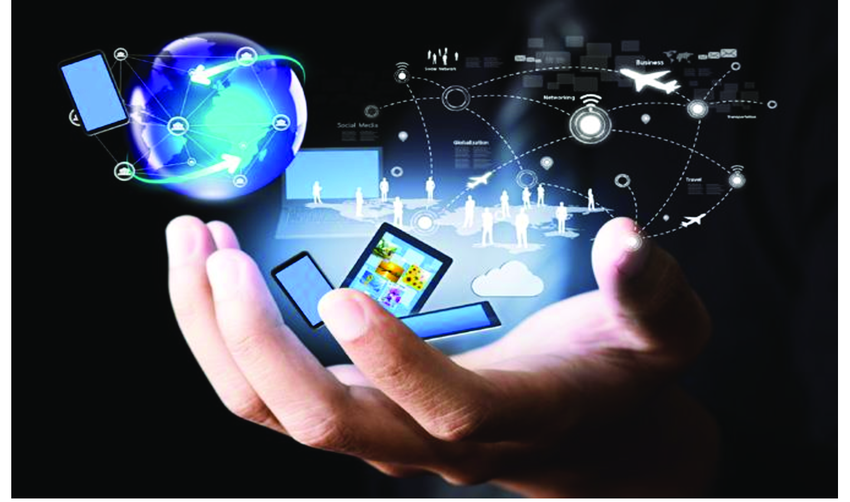 Trend 2: Internet of Things (IoT)
Trend 2: Internet of Things (IoT)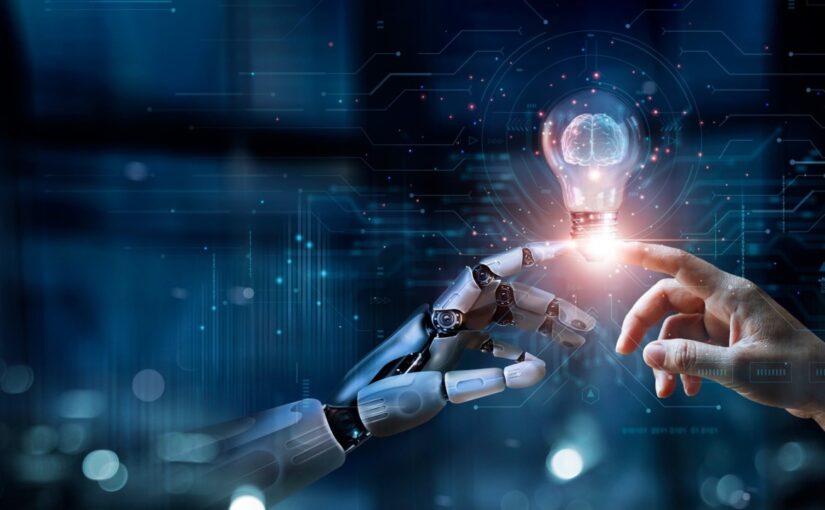
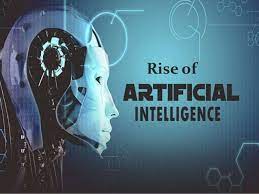 The Rise of Artificial Intelligence
The Rise of Artificial Intelligence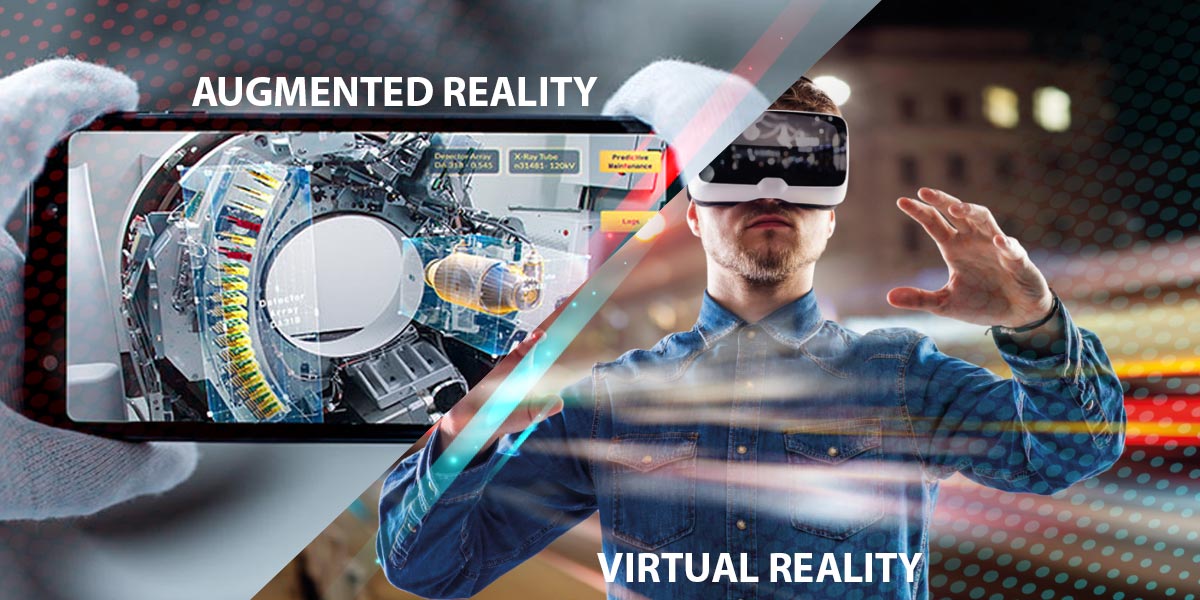 Augmented Reality and Virtual Reality
Augmented Reality and Virtual Reality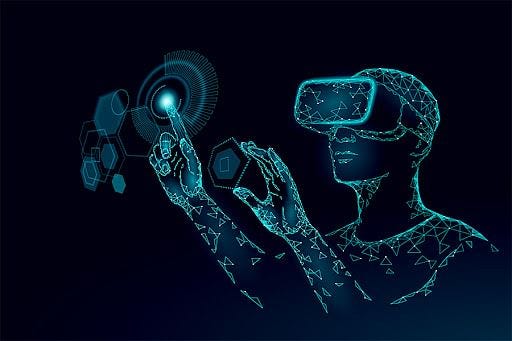
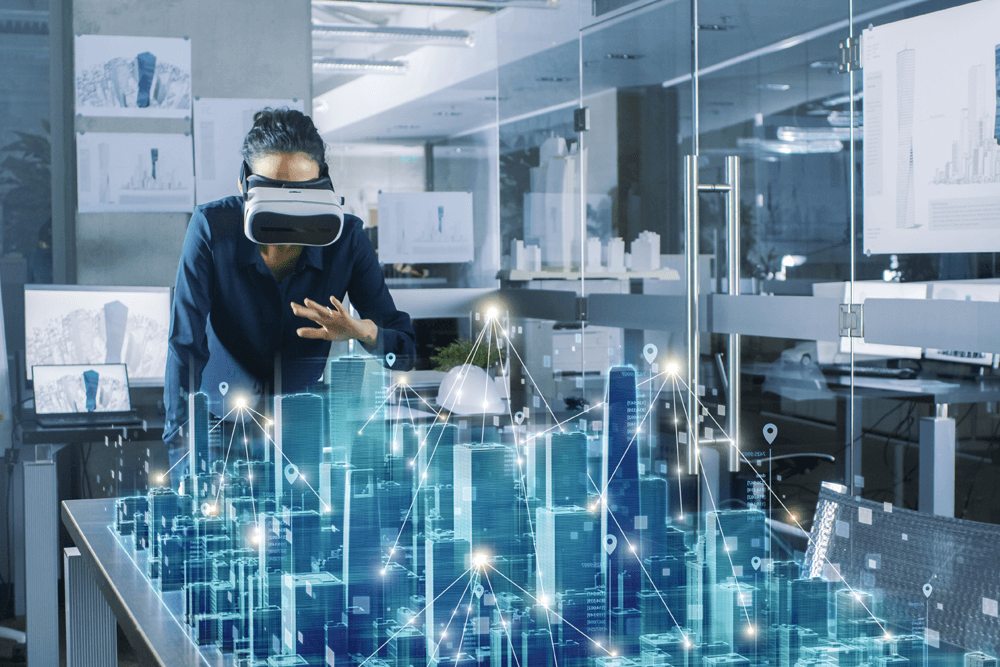 The Sci-Fi Seeds
The Sci-Fi Seeds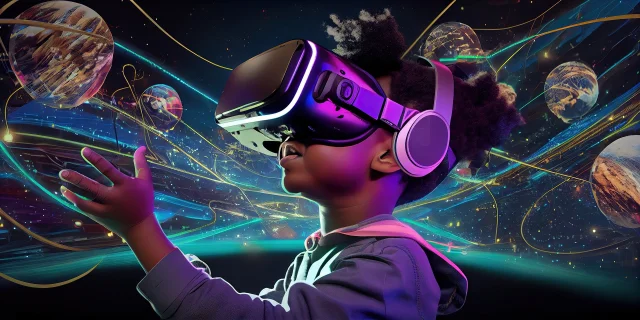 Virtual Reality: Immersion Unleashed
Virtual Reality: Immersion Unleashed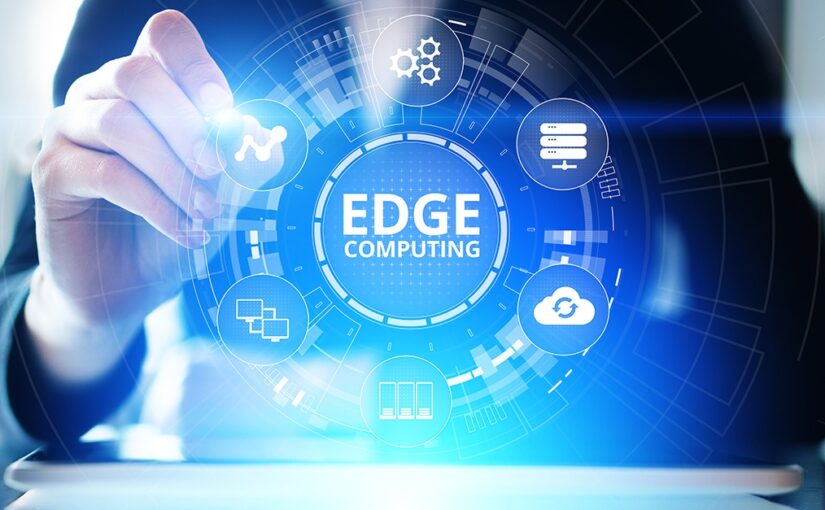
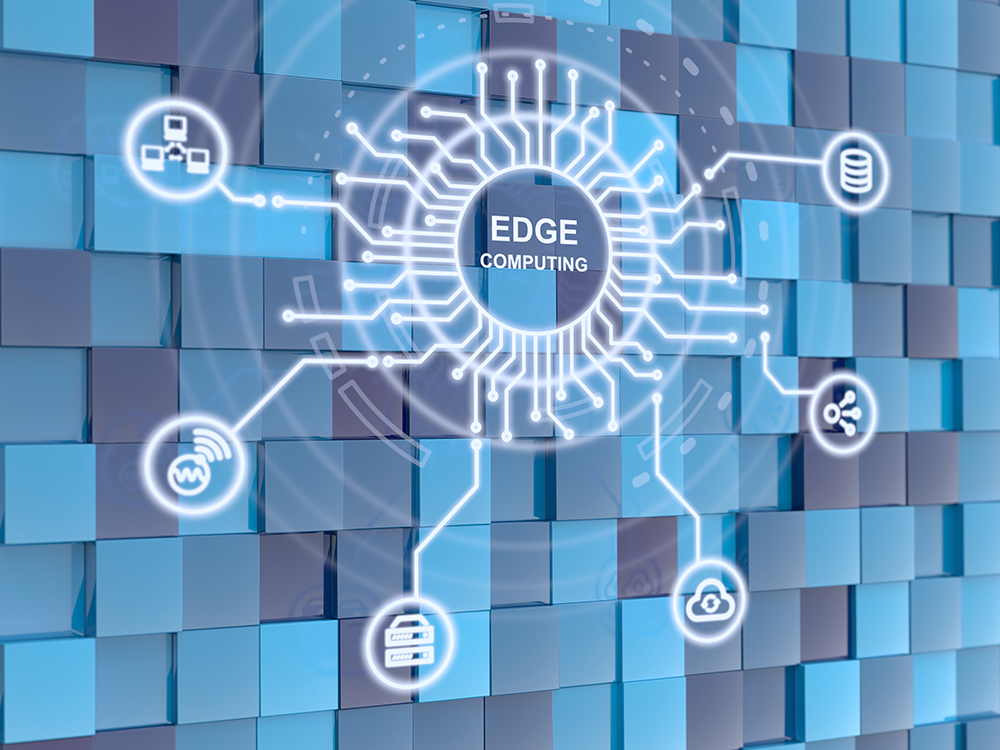
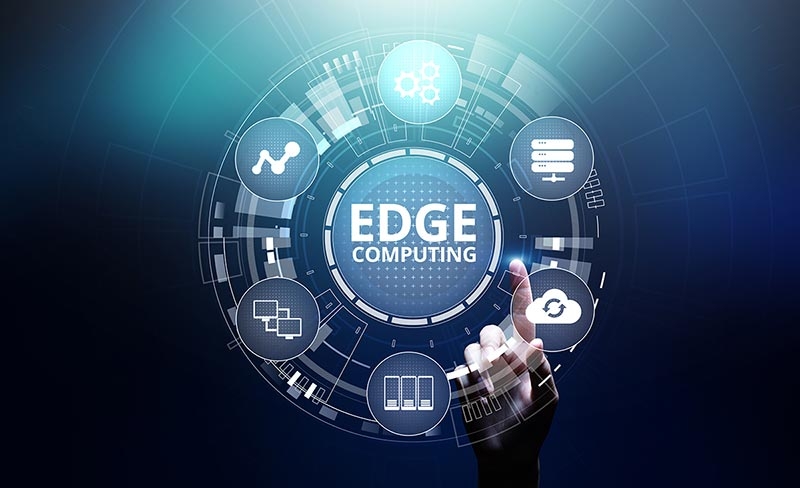 The Benefits of Edge Computing
The Benefits of Edge Computing
 Renewable Energy Tech
Renewable Energy Tech Energy-Efficient Devices
Energy-Efficient Devices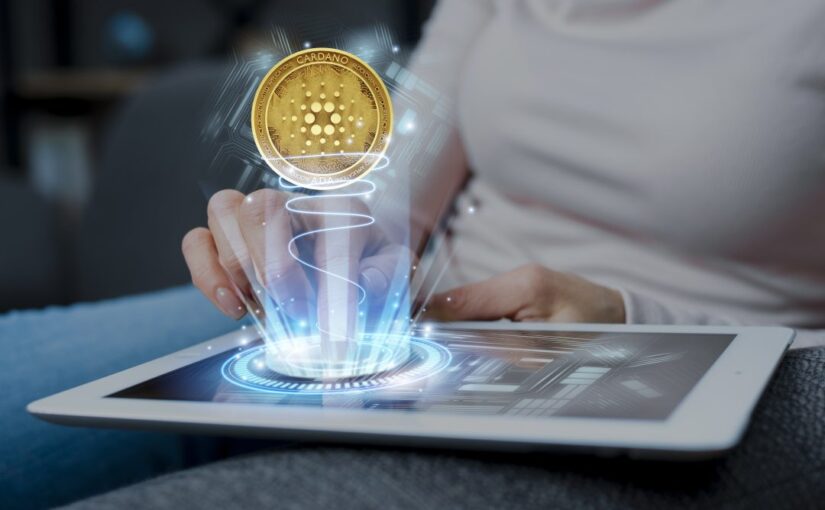
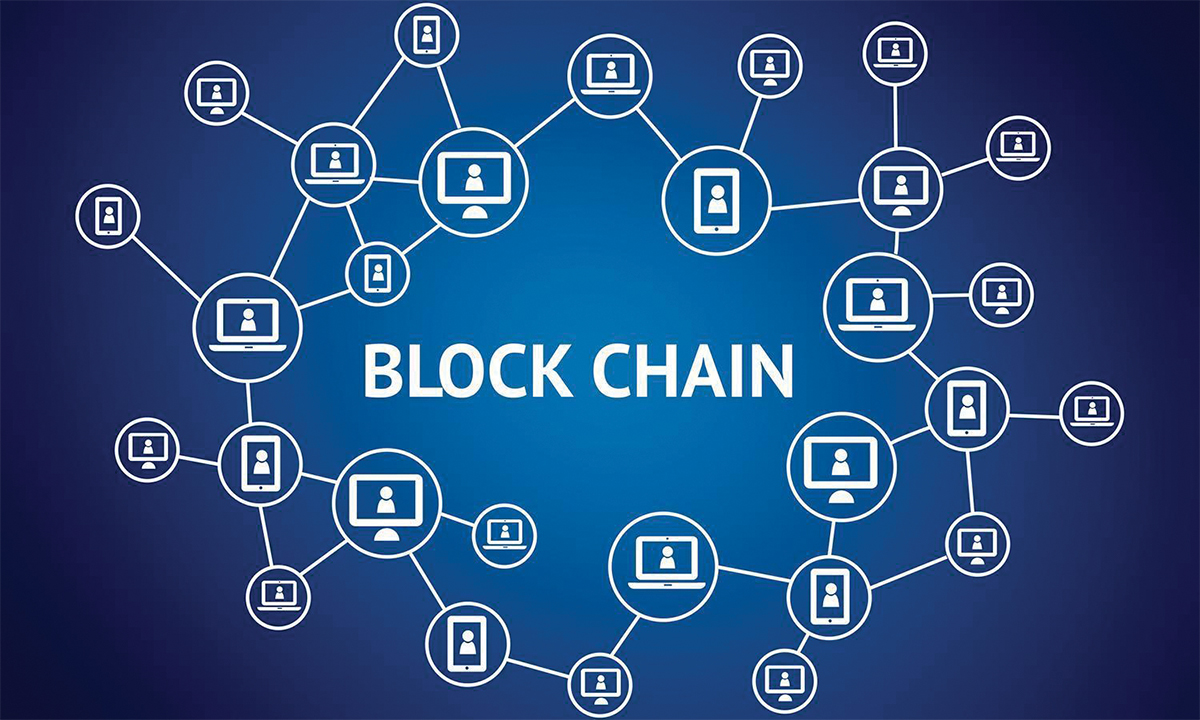 Understanding Blockchain Technology
Understanding Blockchain Technology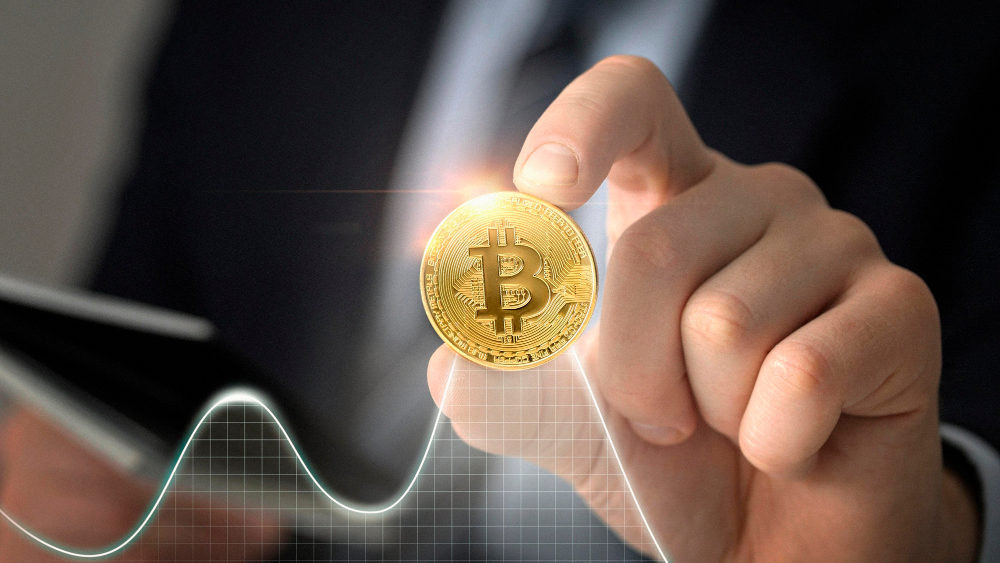 Cryptocurrencies and Their Role
Cryptocurrencies and Their Role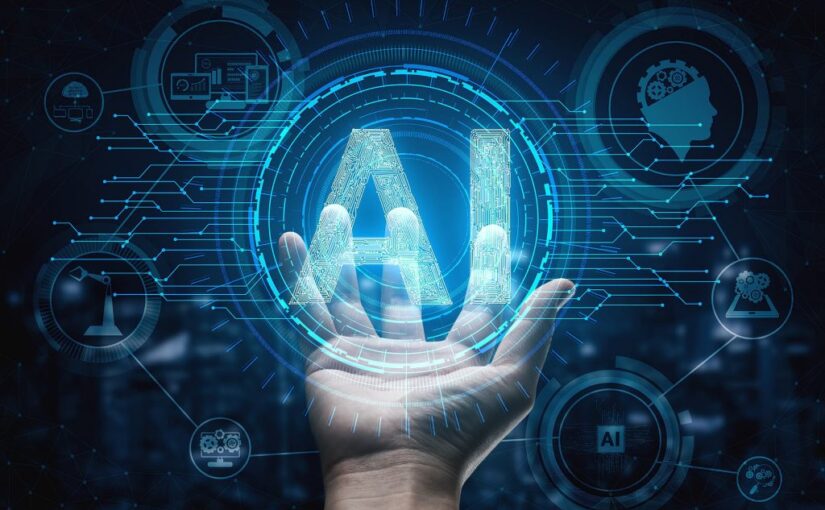
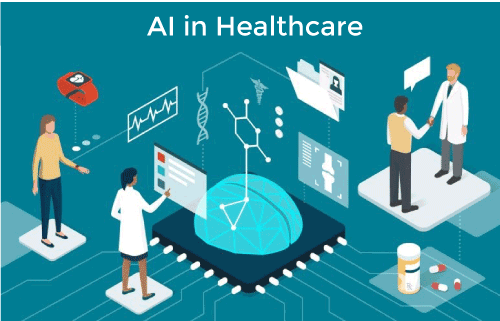 AI in Healthcare
AI in Healthcare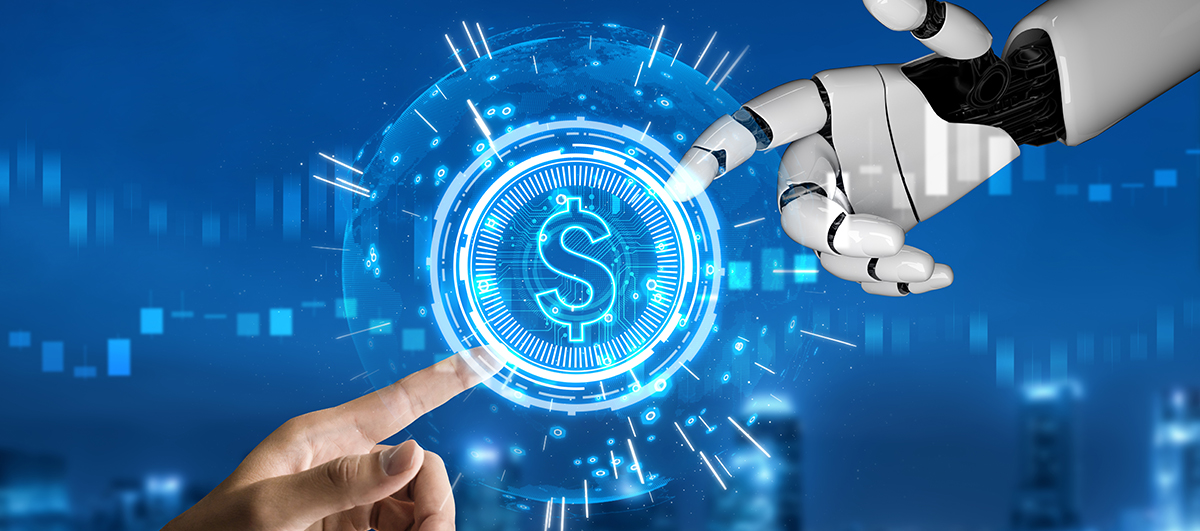 AI in Finance
AI in Finance